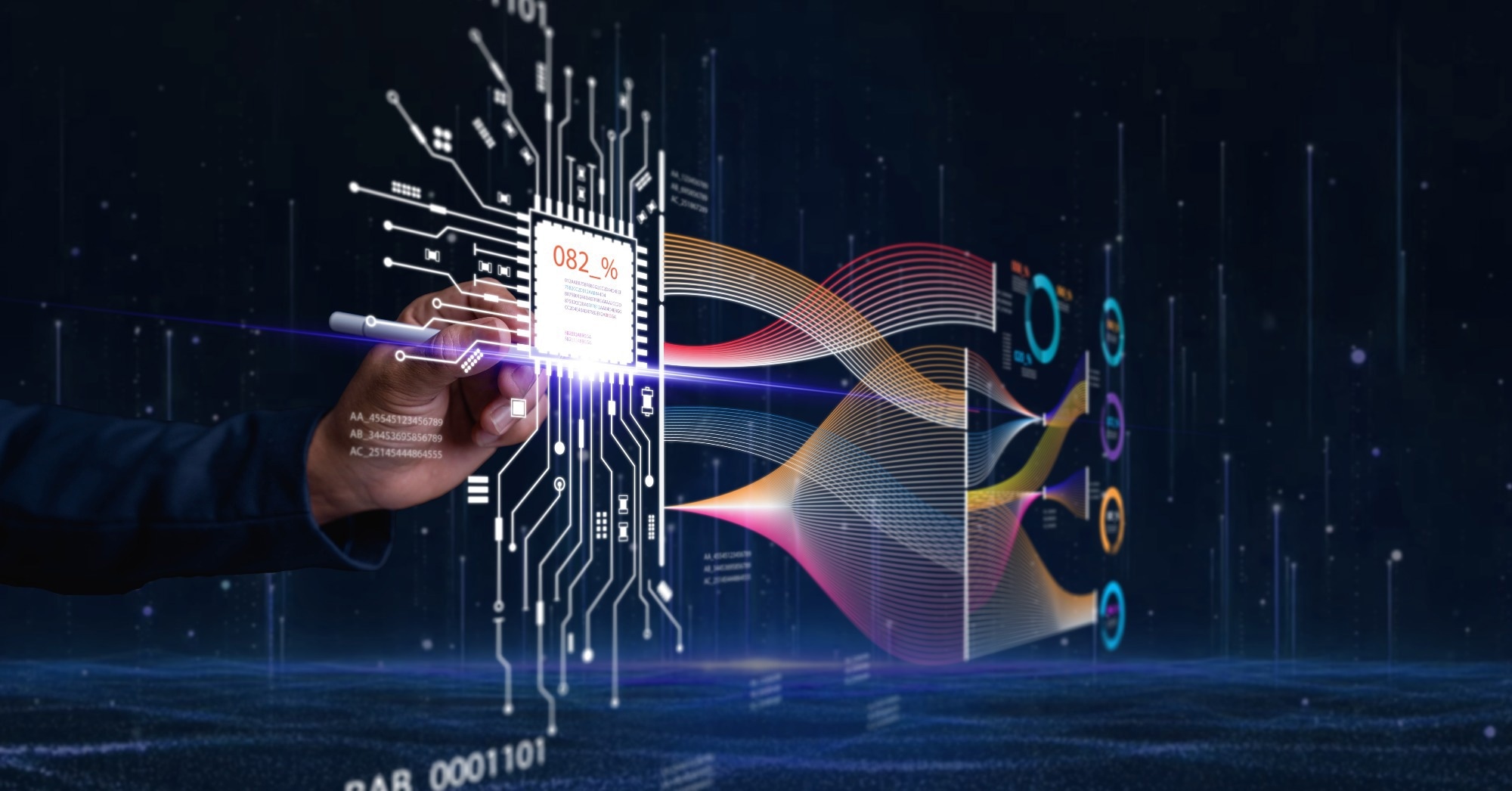In an article recently submitted to the ArXiv* server, researchers investigated the relation between the quantum speed limit (QSL) and the time resolution achievable in quantum sensing experiments.
 Study: Quantum Speed Limits: Enhancing Temporal Resolution in Sensing. Image Credit: Kampan/Shutterstock.com
Study: Quantum Speed Limits: Enhancing Temporal Resolution in Sensing. Image Credit: Kampan/Shutterstock.com
Importance of QSL
Heisenberg's energy-time uncertainty principle is a fundamental concept of quantum mechanics. Although the principle was loosely formulated in Heisenberg's initial work, Bohr and Robertson formalized the relation between uncertainty and non-commutativity of observables.
Later, Tamm and Mandelstam displayed that the energy-time uncertainty is a statement about quantum systems' intrinsic time scales and not an uncertainty relation due to non-commutativity using the von Neumann equation with the projection operator. This insight led to the formulation of a QSL.
Since the initial QSL formulations, theoretical work has primarily focused on complex situations like systems with quantum entanglement, open quantum systems, and quantum information processing applications. Here, the maximum speed for performing computations is set by the QSL.
Thus, the QSL allows deriving an upper bound of the universe's computational limits. The QSL has also been investigated in the fields of quantum thermodynamics, metrology concerning quantum clocks, and quantum optimal control.
In quantum sensing tasks, the finite time limit of qubit operations limits the achievable time resolution. This time limitation becomes important while considering the practical applications, both envisioned and existing, of quantum sensors. Quantum sensors capitalize on advanced control sequences to maximize precision and sensitivity. However, protocols are not often optimized for temporal resolution.
The Study
This study investigated the relationship between the achievable time resolution and the QSL in quantum sensing experiments. The objective was to establish limits for time-resolved sensing of dynamical signals using qubit probes. The QSL was applied to the canonical sensing principle of Ramsey interferometry.
Ramsey interferometry's canonical quantum sensing scheme utilizes two state transformations to start and halt a probe qubit's coherent evolution subject to an external signal. During the first transformation, the qubit is rotated from an initial known basis state |ψ(0)⟩ = |0⟩ into a coherent superposition state.
Subsequently, the coherent superposition stateevolvesintostate1/√2(|0⟩ + e−iϕ(τ)|1⟩) for a given time τ, thereby acquiring a quantum phase. After coherent evolution, the qubit is rotated back to the original basis during a second state transformation, followed by a projective state readout.
Based on this approach, the canonical quantum sensing experiment measured the projector's expectation value onto the initial state |0⟩. These state transformations could be described using two control rotations, R and R', which are similar to the start and stop triggers in classical tests and measurement tasks where the time resolution is determined by the time lapsed between start and stop events.
Although the control rotations are infinitely fast in ideal situations, R and R' have a finite angular velocity (Ω) or a finite duration due to the QSL. The maximum Ω can be limited by several factors in experiments, such as finite available driving power.
The control rotations’ finite speed fundamentally limits the sensing sequence’s time resolution. Researchers derived expressions for the coherent phase pick-up during a generic sequence containing two phase-shifted control pulses and analyzed the response regarding sensitivity, frequency bandwidth, and time resolution.
They numerically simulated the expected phase response for the single spin of a nitrogen-vacancy (NV) center in a diamond that was exposed to a rapidly varying magnetic signal, considering the nonlinear driving effects and the full S = 1 nature of the spin system.
Importance of this Work
This work established limits to the temporal resolution reachable by a quantum sensor. Researchers demonstrated that the best possible time resolution was closely related to the QSL, which described the minimum time required to transform between basis states.
They showed that a bipartite sensing sequence containing two phase-shifted control rotations, equivalent to a Ramsey sequence with zero time delay, reaches the QSL. However, opposite to a Ramsey measurement, phase accumulation occurred during control rotations instead of a free evolution interval.
Additionally, researchers derived quantitative expressions for the quantum phase pick-up as a function of control rotation angle and velocity. These expressions were used to effectively define the bandwidth and time resolution of the sensing sequence. Practical implementation was also performed based on the example of the spin-1 qutrit of an NV center in diamond.
Overall, this work is practical for real-world quantum sensor applications, such as mapping fast magnetization/charge dynamics in integrated devices and materials, and it contributes to quantum metrology.
Journal Reference
Herb, K., Degen, C. L. (2024). Quantum speed limit in quantum sensing. ArXiv. DOI: 10.48550/arXiv.2406.18348, https://arxiv.org/abs/2406.18348
Disclaimer: The views expressed here are those of the author expressed in their private capacity and do not necessarily represent the views of AZoM.com Limited T/A AZoNetwork the owner and operator of this website. This disclaimer forms part of the Terms and conditions of use of this website.